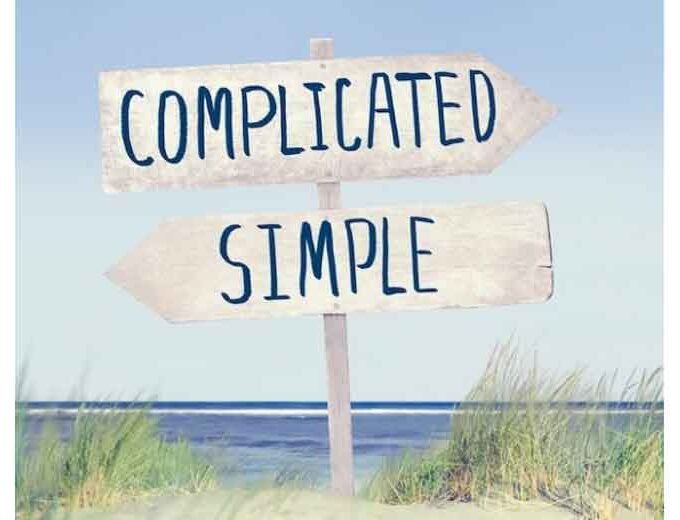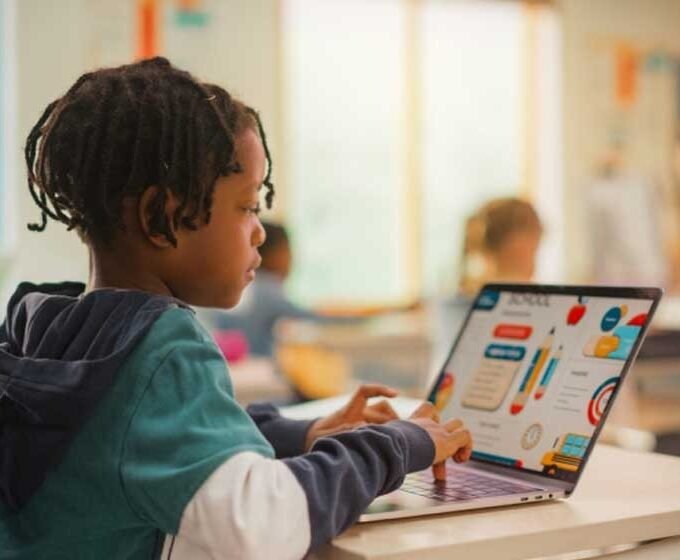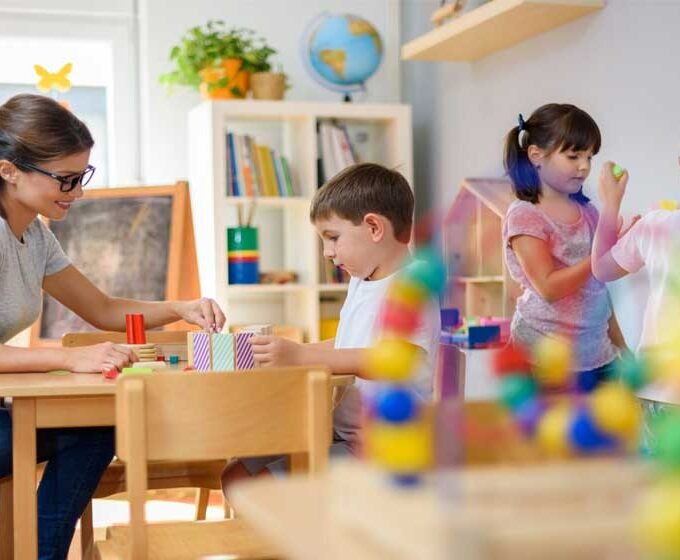Special learning curriculums are an essential component of the education system, designed to address the diverse needs of students with varying learning abilities. These curricula aim to provide equitable learning opportunities for all students, including those with disabilities, ensuring each child can reach their full potential. They often involve tailored instructional methods and personalized support to accommodate different learning styles. Effective implementation requires collaboration among educators, families, and specialists. Schools must continually adapt and innovate to meet the evolving needs of their students.
Understanding Special Learning Curriculums
Special learning curriculums are designed to accommodate students with learning disabilities, providing tailored educational experiences that address their unique needs. These curricula often include modified lesson plans, specialized teaching techniques, and individualized support. The goal is to bridge the gap between the student’s current abilities and the standard curriculum, enabling them to meet educational benchmarks and thrive academically. Teachers play a crucial role in delivering these curricula. They must adapt their instructional methods to cater to diverse learning styles and needs, which may involve employing various teaching aids, incorporating assistive technology, and differentiating instruction. Training and professional development are essential for educators to effectively implement these strategies and stay updated on best practices.
The Role of Individualized Education Programs (IEPs)
A cornerstone of special learning curriculums is the Individualized Education Program (IEP). IEPs are legally binding documents that outline specific educational goals, accommodations, and services for students with disabilities. Developed in collaboration with parents, teachers, and school administrators, IEPs provide a personalized approach to education that addresses each student’s unique challenges and strengths. Creating an effective IEP involves assessing the student’s needs through evaluations and consultations with specialists. The plan includes specific, measurable objectives and outlines the resources required to achieve them. Regular reviews and updates are necessary to ensure the IEP remains relevant and continues to support the student’s evolving needs.
Implementing Technology and Assistive Tools
Advancements in technology have greatly enhanced the ability of schools to support students with learning disabilities. Assistive tools such as speech-to-text software, audiobooks, and interactive educational apps can provide significant benefits. These technologies help level the playing field by offering alternative ways for students to access information and demonstrate their knowledge. Online schools for students with learning disabilities also offer unique opportunities. They provide flexible learning environments where students can learn at their own pace and access specialized resources tailored to their needs. Such platforms often include built-in accommodations and support systems that can be adjusted according to individual requirements.
Creating an Inclusive Classroom Environment
An inclusive classroom environment is important for the success of students with learning disabilities. This involves not only modifying the curriculum but also building a supportive and understanding atmosphere among students. Teachers can promote inclusivity by encouraging peer support, using diverse teaching strategies, and addressing any potential biases or misconceptions about disabilities. Creating an inclusive classroom also involves physical adjustments. This might include providing ergonomic furniture, ensuring materials are accessible, and arranging the classroom layout to accommodate various needs. An inclusive approach helps students feel valued and supported, which can significantly impact their academic performance and social interactions.
Addressing Challenges in Special Learning Curriculums
Despite the best efforts to create effective special learning curriculums, schools often encounter challenges. One major issue is the need for adequate resources and funding. Specialized programs and technologies can be expensive, and schools must find ways to allocate budgets effectively while meeting the needs of all students. Additionally, there can be resistance from stakeholders who may not fully understand the importance of special learning curriculums or who may have concerns about resource allocation. Addressing these concerns requires clear communication about the benefits of these programs and the positive impact they have on student outcomes. Teacher training and support are also critical. Educators need ongoing professional development to stay informed about new strategies and technologies. Schools must provide opportunities for teachers to enhance their skills and share best practices with colleagues to ensure consistent and effective implementation of special learning curriculums.
Collaboration with Families and Community
Successful implementation of special learning curriculums relies heavily on collaboration with families and the community. Parents and caregivers are integral to the educational process, providing valuable insights into their child’s needs and progress. Schools should engage families through regular communication, meetings, and workshops to ensure they are actively involved in their child’s education. Community partnerships can also enhance the support network for students with learning disabilities. Collaborating with local organizations, specialists, and advocacy groups can provide additional resources and support services. Building strong community connections helps create a more comprehensive support system for students and their families.
Conclusion
Special learning curriculums are vital in ensuring all students receive a quality education tailored to their needs. While there are challenges in implementing these programs, schools can overcome them through careful planning, resource management, and collaboration with families and communities. Success depends on ongoing assessment and adjustment to meet each student’s evolving needs. Effective communication and professional development for educators are also crucial for sustaining these programs. By focusing on inclusivity, leveraging technology, and maintaining a commitment to individualized support, educational institutions can help all students achieve their full potential and create a more equitable learning environment.
















